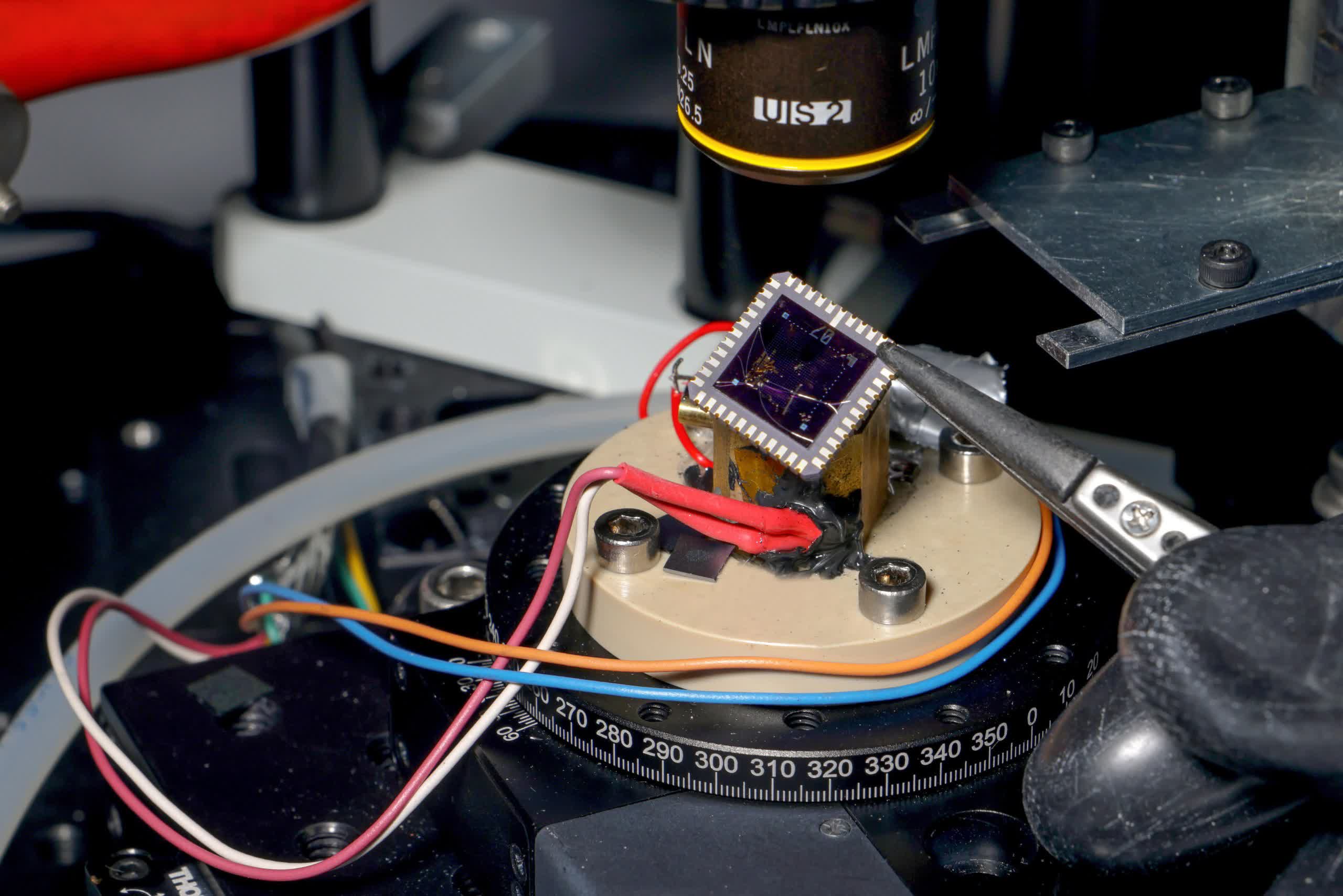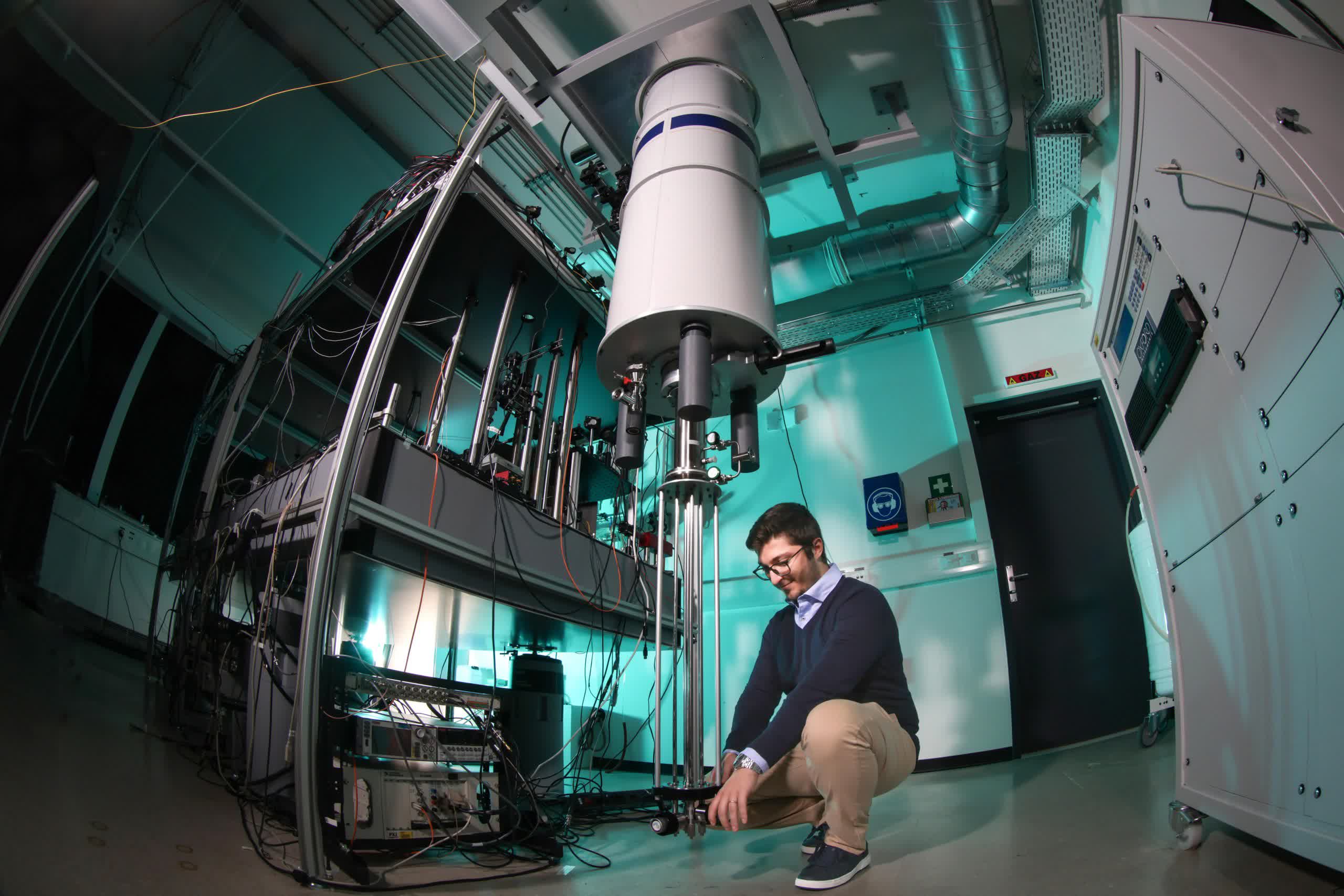Forward-looking: A research team at EPFL University in Switzerland has created a 2D quantum computing system that can get colder than outer space. This is a major breakthrough for quantum computing, as advancements have been hindered by conventional cooling methods. This new technology uses off-the-shelf parts and can be easily implemented into existing quantum computers.
"If you think of a laptop in a cold office, the laptop will still heat up as it operates, causing the temperature of the room to increase as well," said Gabriele Pasquale, a PhD student on the LANES (Laboratory of Nanoscale Electronics and Structures at EPFL) team that made the breakthrough possible. "In quantum computing systems, there is currently no mechanism to prevent this heat from disturbing the qubits. Our device could provide this necessary cooling."
Qubits must be cooled to -273 Celcius to slow atomic motion, but the problem has always been that the electronics used to manage quantum computation continue to generate heat, which is difficult to disperse at already-low temperatures.
Most current technology separates quantum and electronic circuits; however, EPFL's device converts the heat generated into electricity. In testing, LANES' 2D quantum cooling device managed to convert heat to voltage in a refrigerated environment of 100 millikelvin – a temperature even colder than outer space. Based at EPFL university in Switzerland, the research team published their findings in the latest issue of Nature Nanotechnology science journal.

The innovative device merges graphene, which has excellent electrical conductivity, with the semiconductor properties of indium selenide. It's only a few atoms thick and behaves like a 2D object.
This unique structure gives EPFL's new quantum cooling device unprecedented performance. To harness this performance, the device uses the Nernst effect to its advantage. The Nernst effect is a thermoelectric phenomenon that creates electrical voltage when a magnetic field is applied perpendicular to an object. Because the EPFL device is 2D, engineers can tweak its efficiency electronically.
Thermopower conversion at low temperatures is an under-researched topic within academia and science, which is what makes this new development so significant. The LANES team said their device could already be integrated into existing low-temperature quantum circuits. It also utilizes easily obtainable electronics.
This means that the new 2D quantum cooling system could be mass-produced and implemented into existing hardware without expensive upgrades or altering the quantum computing hardware paradigm. With this ease of access, we can expect more labs to add the system to their quantum computers for testing soon.
"These findings represent a major advancement in nanotechnology and hold promise for developing advanced cooling technologies essential for quantum computing at millikelvin temperatures," Pasquale said. "We believe this achievement could revolutionize cooling systems for future technologies."
